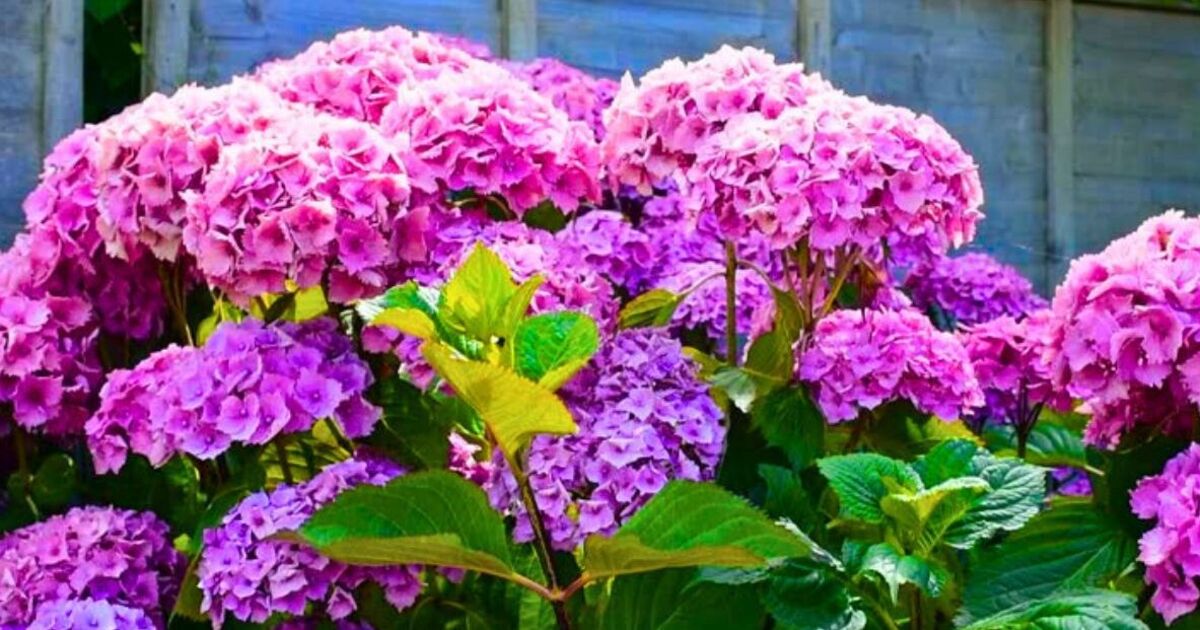Native plants have held my fascination since the mid-1970s when I was a student at the New York Botanical Garden and got a chance to work in its native plant exhibition. It was more of a tribute to nature than a garden, focusing on emulating the native landscapes with plants specific to a particular habitat such as the New Jersey Pine Barrens. Even then, the unique allure of these wild plants captivated me.
As time progressed, I met gardeners from the West who spoke highly of using indigenous plants in their plots due to their background and adaptability to local climates – often more than European-bred garden cultivars we so typically find in nurseries. In the following years, I came to understand the grave repercussions the decrease in native plant populations have had in the North American ecosystems, mostly due to habitat loss and invasive plant species.
This issue rang alarm bells in my head – One, it was a crisis, and two, individuals like myself could make a significant difference just by including local natives in our gardens. It seems like a no-brainer, right? Who wouldn’t want to contribute to their surroundings positively?
However, my enthusiasm for native flora was met with resistance, to my surprise. I came across an argument in a blog post that didn’t see much difference between planting an invasive Asian ailanthus tree, often called “tree of heaven,” and a native staghorn sumac. I took the opportunity to point out that staghorn sumac provides food for around 300 North American songbird species, while the ailanthus only caters to two. This comment didn’t sit well with a few readers who criticized my contradiction and expressed their irritation over the notion that caring about the environment means giving up their beloved non-native garden plants.
This reaction was a revelation that gardeners’ resentment against the invasion of their comfort zone isn’t rare. Though I have never witnessed a native plant movement leader proposing an outright ban on non-native plants, it appears that a handful of native plant connoisseurs criticize other gardeners for perceived transgressions. I realized that the promotion of native plants needs to be supplemented with assurances that our beloved, traditional, non-native garden plants can coexist.
For a more holistic perspective, I sought advice from Karen Bussolini, the Senior Horticultural Advisor at White Flower Farm (WFF) in northwestern Connecticut. The nursery, founded by two editors of The New Yorker magazine, has been a favorite of mine since my teens.
Karen enlightened me about WFF’s commendable efforts in environmental responsibility, like using beneficial insects for pest control, opting for OMRI-approved organic sprays only when indispensable, and installing solar arrays for energy. Not to forget the inclusion of exceptional native plants in their online catalog. Intriguingly, she also mentioned how many foreign flowers, housed in their pesticide-free display gardens, supplement seasonal gaps for local pollinators when the local flora fall short.
Taking utmost care not to ship invasive plants to any region of the country, WFF has truly embodied ethical gardening practices. When asked about her thoughts on combining native and non-native plants in a garden, her enthusiastic response was “Go for it.” According to Karen, we should be responsible in identifying invasives, not overlook the charm and ecological support of natives, and yet freely engage in the delightful variety that patterns our climate and soils.
In conclusion, every garden is ultimately a celebration of diversity. Though natives play a crucial role in supporting local ecosystems, non-native plants also bring to the table a charm and endurance that is hard to ignore. Striking a harmonious balance between the native and non-native would involve acknowledging the strengths and weaknesses of both. Thus, your garden becomes a vibrant canvas of environmental responsibility and aesthetic allure, a testament to the diverse beauty of our planet.




